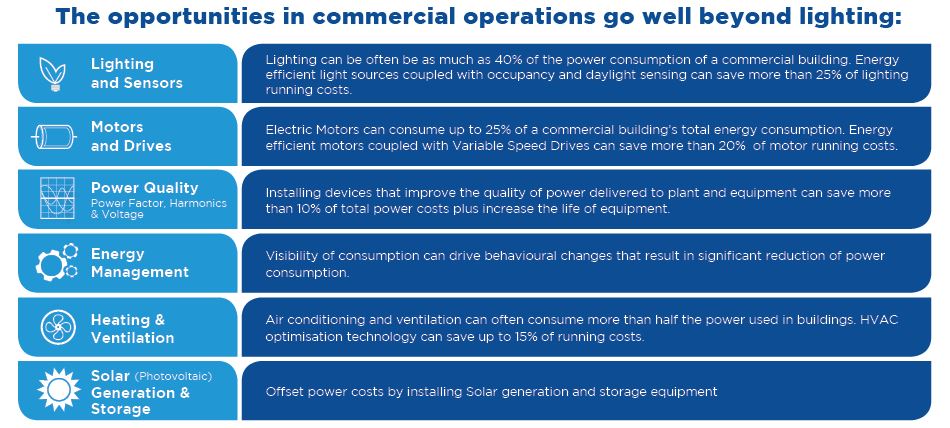“AEMO’s analysis confirms that we are witnessing disruption across almost every element of the value chain. Due to the vital importance of affordable, reliable and secure power as the engine of a strong economy, care must be taken now more than ever to manage this transformation in order to minimise costs and risks and maximise value to consumers,” said AEMO Managing Director and Chief Executive Officer Audrey Zibelman.
AEMO’s analysis displays the fundamental changes occurring in the energy sector:
- Grid demand is flattening due to the growth of rooftop photovoltaic (PV) and increasing use of local storage, as well as overall increases in energy efficiency.
- Over the next 20 years, a percentage of the NEM’s existing coal resources will be approaching the end of their technical lives, and will likely be retired, which highlights the importance of mitigating premature retirements as these resources currently provide essential low-cost energy and system support services required for the safe and secure operation of the power system.
- The investment profile and capabilities of various supply resources have changed and are projected to continue to change radically.
- In particular, costs of new renewable plant continue to fall, and advances and availability of storage technologies, particularly pumped hydro, flexible gas-powered generation and distributed energy resources (DER) are emerging as core components to a low cost and reliable energy future.
Commercial boom
The long-predicted jump in commercial-sized systems – those of more than 15 kW – is finally happening. Such demand accounted for a quarter of June’s PV demand, according to Ric Brazzale, chairman of Green Energy Markets.
“If we continue on at the same rate of installations we will end the year at between 1450 MW to 1500 MW – this will be more than 30 per cent higher than the 1100 MW installed last year,” he said.
However, when emerging demand for power stations of 100 kW or larger capacity is included, the full size of the market is likely to be much larger by the end of this year. So far 639 MW of such systems have been accredited this year and Green Energy Markets predicts another 1400 MW will be completed or accredited by December.
All up, total solar installations could approach 4000 MW or close to triple the previous record set in 2017. Not only did we see records falling for both rooftop solar and large-scale renewables, but the Clean Energy Regulator also announced that there are enough projects now committed to meet the 2020 Renewable Energy Target (RET).
Rapid Payback
Commercial users can better match energy generation with their own demands than households. Payback can be measured, with expectations at 3-4 years, and that is reducing with rising energy prices.
In 2018, renewable energy represented the lowest-cost type of new energy generation that can be built. This not only makes wind and solar an extremely attractive investment, but it also means the unprecedented program of works is expected to reduce power bills by hundreds of dollars every year.
The world’s biggest battery – built after a Twitter conversation between Tesla’s Elon Musk and Australian tech billionaire Mike Cannon-Brookes – is now up and running in South Australia at Neoen’s Hornsdale Wind Farm. It has already proven its worth, responding quickly when the coal-fired Loy Yang power plant tripped and went offline, effortlessly outpacing traditional generators to help stabilise the electricity system.




























